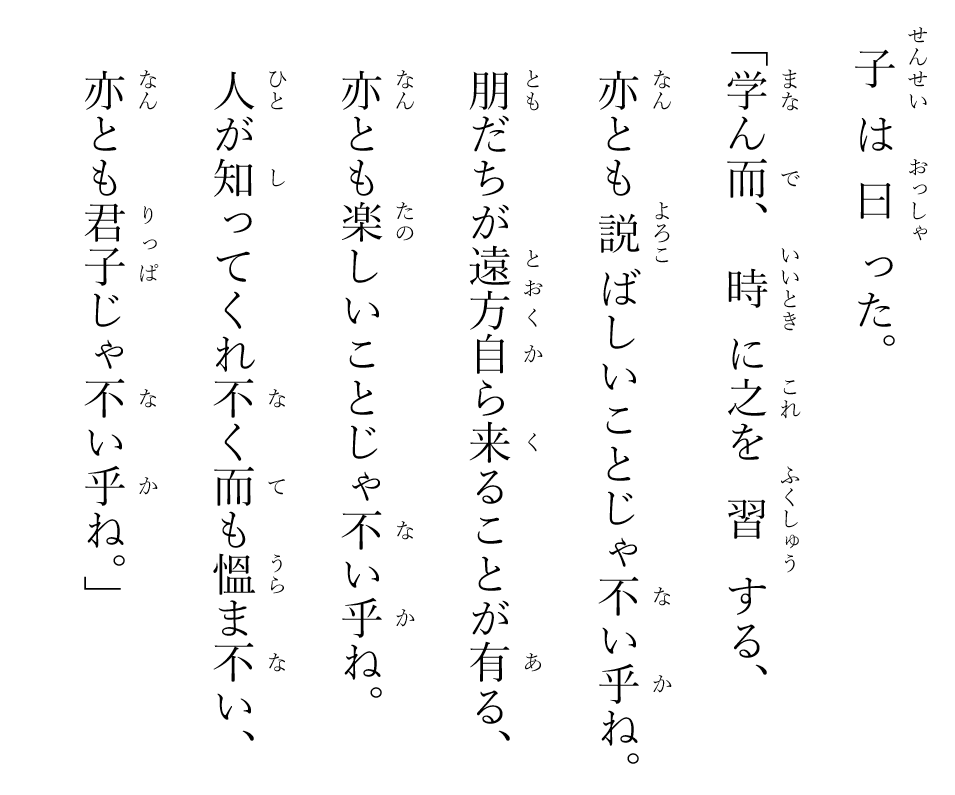Long division of infinite series
Long division of numbers is usually taught in primary schools to children as one of the basic arithmetic skills.
Consider, for example, \(486 \div 5\).
It technically requires the child to atomize \(486\) into blocks of fives. There are a few ways to handle this problem. Since we know that \(90 \times 5 = 450\), one way to do \(486 \div 5\) is: $$\begin{align}486 &= (\mathbf{90} \times 5) + (480 - \mathbf{90} \times 5) + 6\\ &= (90 \times 5) + 30 + 6\\ &= (90 \times 5) + (6 \times 5) + (5 + 1)\\ &= (90 + 6 + 1)\times 5 + 1\\ &= 97 \times 5 + 1 \end{align}$$ We can also repeat the process with a different seed number, for instance, instead of \(90\), we can start with \(80\): $$\begin{align}486 &= (\mathbf{80} \times 5) + (480 - \mathbf{80} \times 5) + 6\\ &= (80 \times 5) + 80 + 6\\ &= (80 \times 5) + (50 + 30) + (5 + 1)\\ &= (80 + 10 + 6 + 1)\times 5 + 1\\ &= 97 \times 5 + 1 \end{align}$$ This essentially means that \(486\) can be atomized into \(97\) blocks of fives plus a one. Long division is a very economical way to present the same information (multiplications, addition and subtractions) in the process given above. The only catch is that the long division procedure requires the child to always start the largest possible seed number. This, she can do with a bit of trial-and-error and with her command of multiplication table.Although the long division procedure is a useful trick to handle division of numbers, I hardly need to reapply this trick after I left primary school. So, it slowly degenerated into a useless tool in my cognitive toolbox. That changed a bit on one fine morning in 1999, when Mr. Lim Ah Kok, demonstrated the long division procedure with two finite polynomials in the classroom. Before that, I have never thought of doing long division with algebraic expressions.
My teacher's action immediately prompted the little man in my brain to ask this question:
Can you get a nice infinite series for \(\tan x\) if you perform the long division procedure with the infinite series of sine and cosine?And from that moment, I was mumbling to the little man and stopped paying attention to my teacher and his nice handwritings on the blackboard.

| \(k\) | \(a_k\) |
|---|---|
| 1 | \(\frac{1}{2!}-\frac{1}{3!}\) |
| 2 | \(\frac{1}{5!}-\frac{1}{4!} + \frac{1}{2!}a_1\) |
| 3 | \(\frac{1}{6!}-\frac{1}{7!} - \frac{1}{4!}a_1 + \frac{1}{2!}a_2\) |
| 4 | \(\frac{1}{9!}-\frac{1}{8!} + \frac{1}{6!}a_1 - \frac{1}{4!}a_2 + \frac{1}{2!}a_3\) |
| \(\vdots\) | \(\vdots\) |
| \(n\) | \((-1)^n \left(\frac{1}{(2n+1)!} -\frac{1}{(2n)!} \right) + \left(\frac{a_{n-1}}{2!} - \frac{a_{n-2}}{4!} + \frac{a_{n-3}}{6!} - \ldots + \frac{a_1}{(2n-2)!} \right) \) |
In general, the following recurrence must be true for \( n \ge 1\): $$a_n = (-1)^n \left(\frac{1}{(2n+1)!} -\frac{1}{(2n)!} \right) + \sum_{r=1}^{n-1} (-1)^{r+1} \frac{a_{n-r}}{(2r)!}$$





Comments